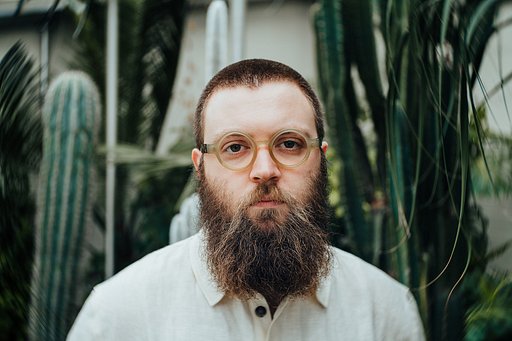The Berlin Kino As Tested by Markus Iofcea
11 Share TweetPhotographer, Youtuber, and future-archaeologist Markus Iofcea loaded our Berlin Kino ISO 400 35 mm Film into his Leica M6 and took it together with his 35 mm and 50 mm Summicron lenses for a photo walk. Be inspired by his emotional photographs!

Can you tell us a little about yourself? How did you get started with analog photography? What do you particularly like about it?
I am a professional future-archaeologist and during the day I deal with the middle of the 21st century and explore new challenges and opportunities for the society of the future. Photographically, however, I am more likely to be found in the nostalgic corner. I have been photographing very passionately since 2005 when I started digitally. In 2016 I bought my Leica M-D, a digital Leica without a screen, and experienced for the first time how photography can decelerate me, but at the same time be very quick due to the reduction in functionality of the Leica M-D - this is how I found myself in street photography. The Leica M-D paved my way into intuitive and emotional photography. One thing led to another and so the path to my first analogue camera was a short one. In 2018 it finally happened and I bought my first analogue Leica M6. My newest addition to the analogue family this year was a Mamiya RZ67 and thus the entry into medium format. I now develop and scan my photos myself.
What does analogue photography mean to you?
For me, analogue photography means first and foremost emotion. By selecting the film, developing it myself, and scanning it, analog photography gives me a great deal of freedom and flexibility. Because of that, I don't have the feeling of having to compensate for a computer but can decide for myself how I want to capture and interpret the photo motif.
What were your experiences with the Berlin Kino ISO 400 35 mm film? How did you like it compared to other B&W films?
The film is relatively flat and therefore versatile in post-production. The grain is pretty coarse compared to many other ISO 400 B&W films.
What was the idea behind the series? Did the film have any influence on it?
Since this was the first time I shot the film in this series, I chose relatively neutral light at the beginning to test the dynamic range. Later on, I tried bigger contrasts to see how well the film could hold the highlights and shadows. My genre is street photography and therefore a photo walk was obvious this time as well.
Tips and tricks for future Berlin Kino ISO 400 35 mm Film Users?
Since the film is relatively coarse in the grain, my tip would be to find motifs that are timeless and classic. Motifs where time doesn't play a role and which reflect the 1960s or retrofuturistic motifs. The film gives a nice, nostalgic look.
Do you have some inspiring words for our readers?
I keep it simple here with Elliott Erwitt: "All the technique in the world doesn't compensate for the inability to notice."
In Markus' Youtube video you can follow the whole photo walk and see even more of the resulting photographs:
Many thanks to Markus for the impressive photographs and his opinion about the Berlin Kino ISO 400 35 mm Film! Follow him on Instagram and check out his YouTube Channel to make sure you don't miss any of his work.
written by alinaxeniatroniarsky on 2020-12-16 #gear #people #videos #photo-walk #berlin-kino #markus-iofcea























No Comments